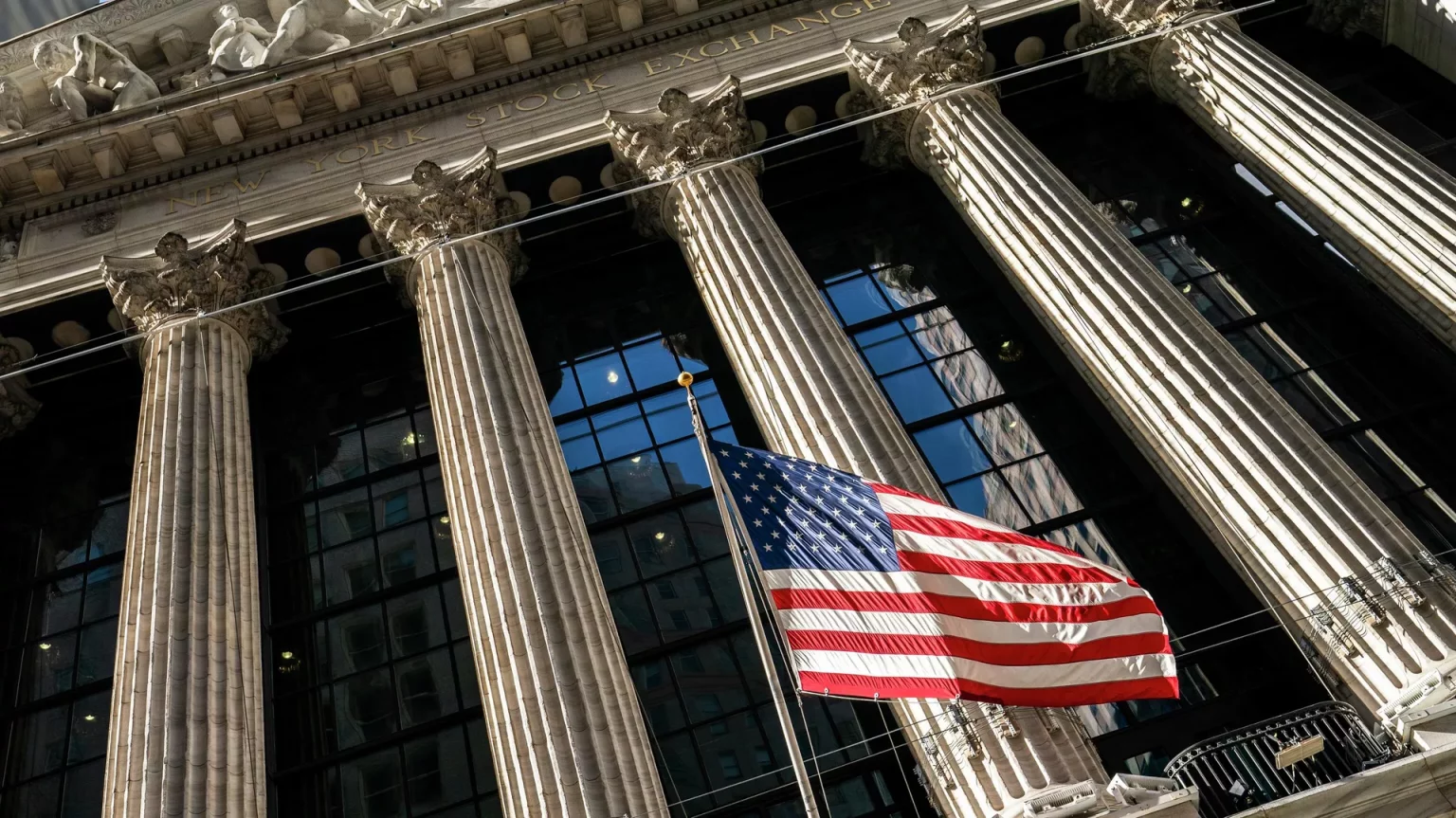The unyielding inflation growth in the United States suggests that the Federal Reserve needs to accelerate rate hikes, probably even make them restrictive, to curb price pressures already at 40-year highs, Federal Reserve Chairman Jerome Powell said Wednesday.
“I think that the most recent inflation indicators, [the] various kinds, suggest to us that we need to accelerate the pace at which we can get up to a level that is neutral,” the Fed chief said in his biannual testimony to the US Senate Banking Committee. “And we know we need to have restrictive policy, and that’s where we’re headed.”
“Neutral” is Fed speak for bringing inflation back to the central bank’s target of 2% per year versus real US price pressures, which the Consumer Price Index indicated grew by 8.6% in the year to May. A “restrictive policy” is aimed at raising rates high enough that it prohibits price growth from continuing at its present pace.
The Fed announced last week its stiffest US rate hike in 28 years to fight inflation, adding a three-quarter point that brought key lending rates to as high as 1.75% from May’s peak of 1%.
US inflation, as indicated by the Consumer Price Index, grew at an annualized rate of 8.6% in May — more than four times the Fed’s target. The Fed’s preferred rate of inflation is a mere 2% a year and it has vowed to raise rates as high and long as necessary to bring price growth back to its annual target.
Economists, however, fear that the Fed will push the US economy into a recession with the way it’s going with rate hikes.
The US economy has already shown a negative growth of 1.4% for the first quarter. If it does not return to the positive by the second quarter, the United States will technically be in a recession, given that it takes just two straight quarters of negative growth to make a recession.
Fed Chair Jerome Powell denied assertions last week that the central bank was pushing the country toward recession, even as he expressed doubts about whether the central bank could achieve a so-called soft landing for the US economy.
Source: Sputnik



